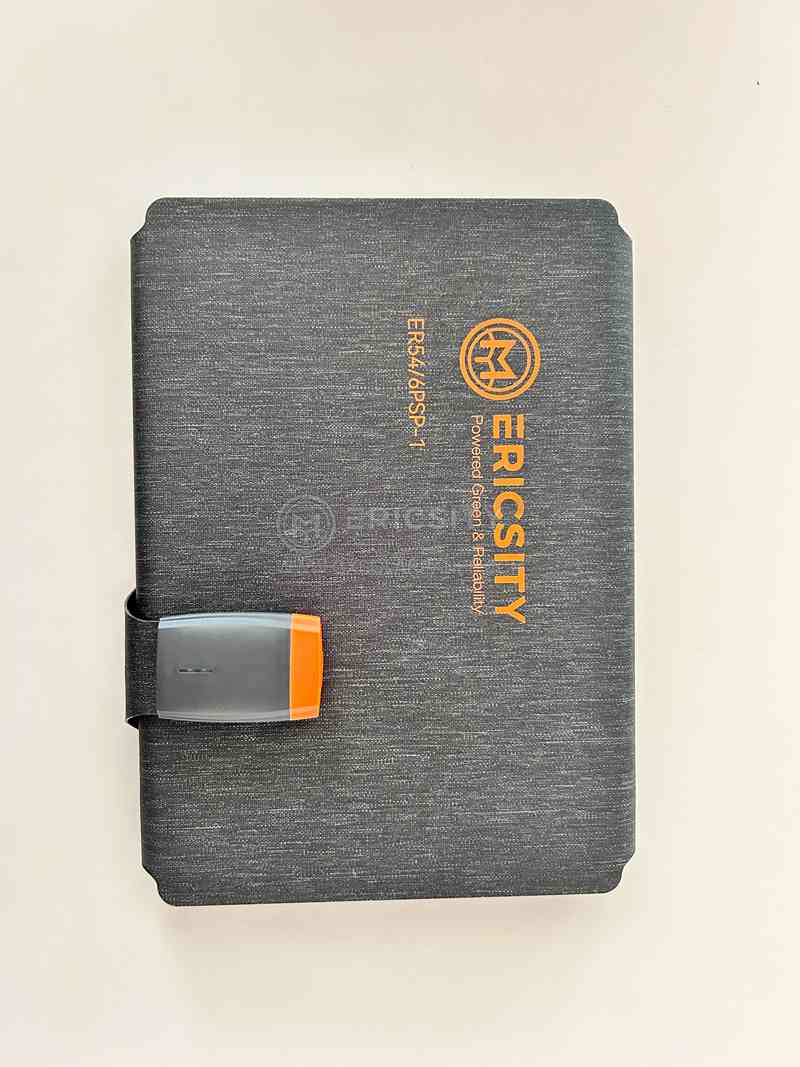HOT PRODUCT
Product Details
semi-flexible Solar Panels: The Science Of Efficiency
Title: Semi-Flexible Solar Panels: The Science of Efficiency
Introduction (50 words)
Solar energy has emerged as a leading renewable energy source, and solar panels play a crucial role in harnessing this energy. In recent years, semi-flexible solar panels have gained attention due to their unique characteristics and potential for enhancing efficiency. This article explores the science behind semi-flexible solar panels and how they contribute to the broader field of solar energy.
Understanding Solar Photovoltaic Cells (100 words)
To comprehend the science behind semi-flexible solar panels, it’s essential to grasp the fundamental principle of solar photovoltaic (PV) cells. Solar PV cells are small, interconnected units that generate electricity when exposed to sunlight. These cells consist of two layers, a positively charged layer and a negatively charged layer, which create an electric field. When photons from sunlight hit the solar cell, they eject electrons in the positively charged layer, creating a flow of current. This phenomenon, known as the photovoltaic effect, converts solar energy into usable electrical energy.

The Advent of Semi-Flexible Solar Panels (100 words)
Traditionally, solar panels have been rigid and bulky, limiting their application to flat surfaces like rooftops. However, semi-flexible solar panels have revolutionized the solar industry by offering greater versatility and expandability. As the name suggests, these panels are designed with a level of flexibility that allows them to bend and mold to curved or irregular surfaces. This flexibility opens up a wide range of possibilities for their installation, enabling them to be used on vehicles, boats, buildings with unique shapes, and more.

Enhanced Efficiency Through Advanced Materials (150 words)
One key factor that contributes to the efficiency of semi-flexible solar panels is the materials used in their construction. Instead of relying on traditional rigid silicon wafers, semi-flexible panels often employ thin-film solar cells. These cells are made from lightweight and flexible materials such as amorphous silicon, cadmium telluride, or copper indium gallium selenide. The use of these materials allows for better adaptability to the curved or irregular surfaces, thus improving overall efficiency.
Moreover, the nature of thin-film solar cells enhances their performance under various lighting conditions. Unlike traditional silicon-based cells, they can generate electricity even in low-light or shaded environments. This characteristic makes semi-flexible solar panels an excellent choice for applications where direct sunlight may not always be available, such as in urban environments or during cloudy days.

Challenges and Future Prospects (150 words)
While semi-flexible solar panels offer numerous advantages, they also face some challenges. The flexibility that enables their installation on different surfaces may impact their long-term durability, as they are more susceptible to physical stresses. Manufacturers are continually working to develop more robust and durable materials to mitigate this issue and improve the lifespan of semi-flexible solar panels.
Looking ahead, the future of semi-flexible solar panels seems promising. Ongoing research focuses on enhancing the efficiency and durability of these panels while reducing manufacturing costs. Advancements in nanotechnology, the integration of smart materials, and innovative design approaches are expected to bring further improvements. These developments hold the potential to expand the application of solar energy by making it more accessible and adaptable to a wider range of surfaces and environments.
Conclusion (50 words)
Semi-flexible solar panels represent a significant step forward in the field of solar energy. Their flexibility, improved efficiency, and adaptability provide new opportunities for integrating solar power into diverse applications. As technology advances and manufacturing processes mature, semi-flexible solar panels will continue to pave the way for a more sustainable future.




